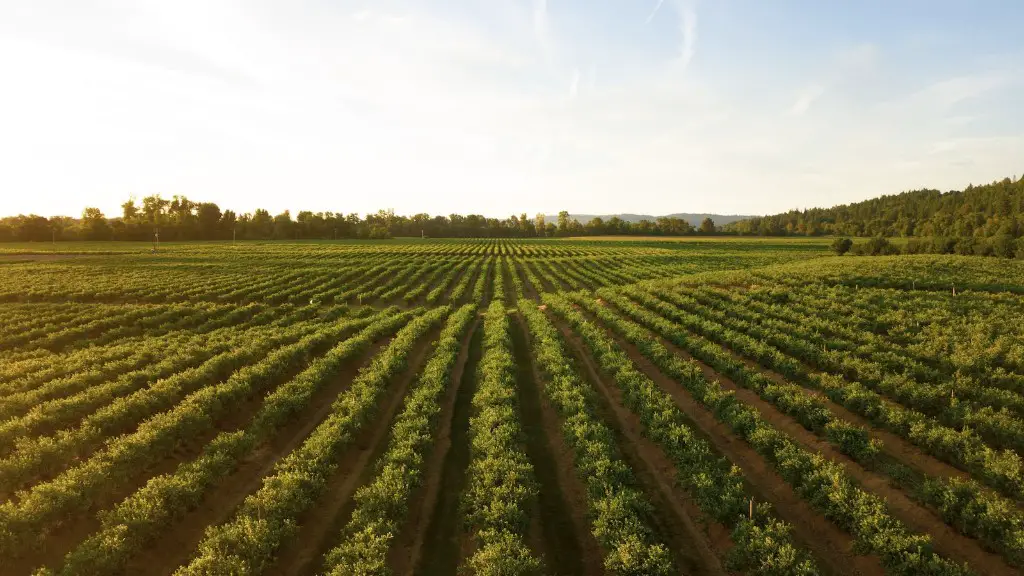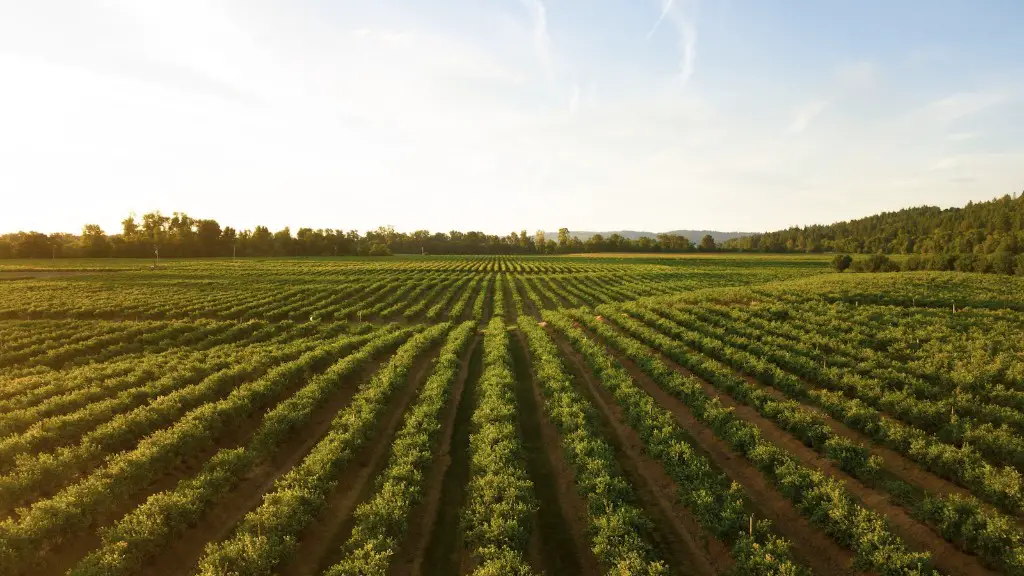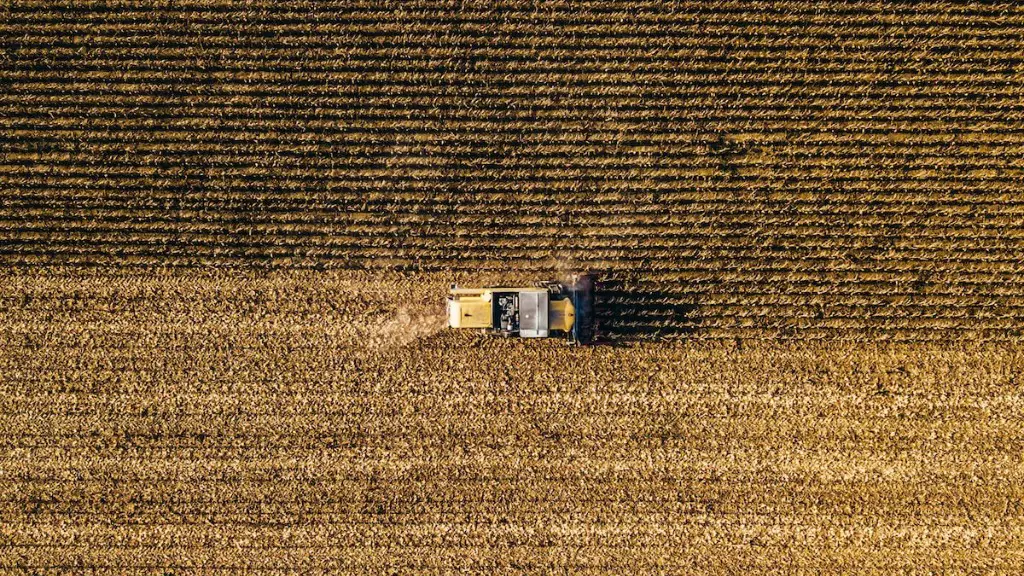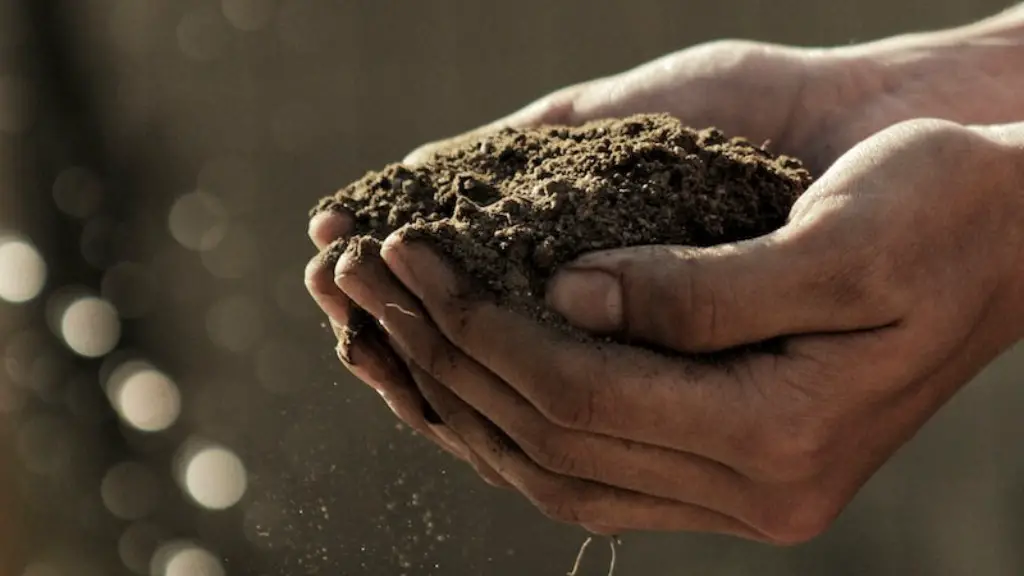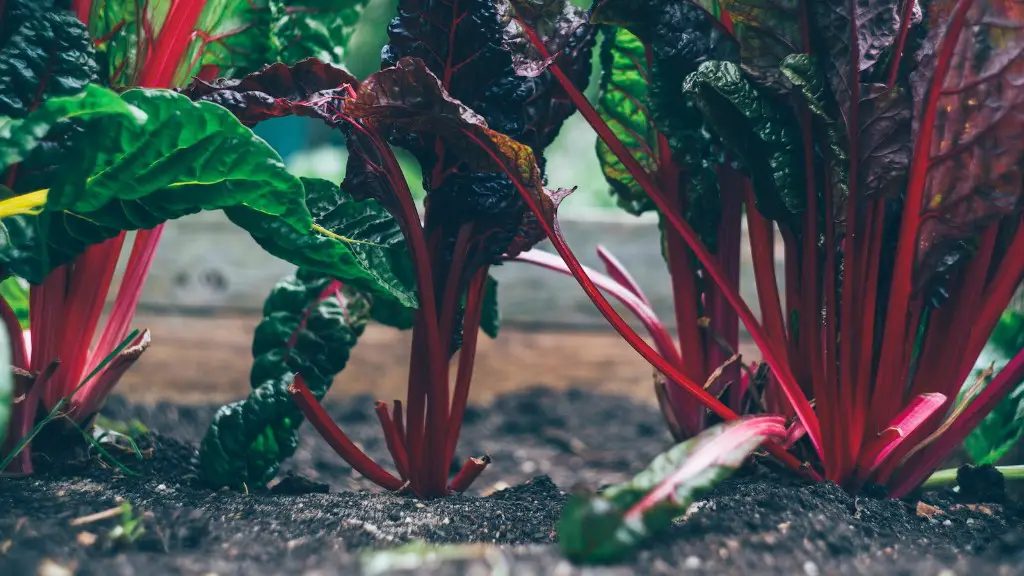Agriculture is the production of food, feed, fiber, and other goods by growing plants and raising animals. It is one of the oldest and most important economic activities in the world. The division of agriculture is one of the oldest and most important economic sectors, and is responsible for a range of products and services that are essential to our lives. The division of agriculture is divided into three broad categories: crop production, animal production, and aquaculture.
Crop production involves the cultivation of crops and plants for food, feed, and/or fiber. This includes growing crops such as wheat, rice, soybeans, corn, and more. Crop production also involves the management of soil, water, and other resources necessary to grow the crops.
Animal production is the breeding and caring for animals, usually for the purpose of producing food such as meat, eggs, and dairy. It also involves the breeding of animals for fiber, such as wool and cashmere, as well as for fur. Animal production requires land, infrastructure, and specialized knowledge.
Aquaculture is the cultivation of aquatic organisms, such as fish, crustaceans, mollusks, and aquatic plants. It involves the management of water, plants, and animals in a controlled environment. This includes controlling water flow and quality, food, and other resources needed for successful aquaculture.
Agricultural products, such as food, feed, fiber, and other goods, are produced by farmers around the world. This includes an array of crops and animals, as well as aquaculture operations. Farmers use a variety of methods, including traditional agricultural techniques, to produce foods and goods.
Crop Production Techniques
Crop production techniques can vary depending on the crop and the environment in which it is grown. These techniques may include the utilization of intensive tilling techniques to create better growing conditions and improve soil fertility, the use of irrigation and water storage systems, the application of fertilizers and pesticides, and the use of conservation tillage systems and other sustainable agricultural practices.
The use of modern technology and agricultural equipment is also becoming increasingly common in crop production. This includes the use of satellite imagery, advanced farming equipment, and other forms of technology to optimize crop yields and enhance the efficiency of agricultural production.
The use of genetic modification is also becoming an important part of modern crop production. This involves altering the genetic code of a crop to produce a desired trait, such as increased yields, reduced pesticide use, or higher nutrition.
Crop production is not only about the methods used, but also about the quality of production. This includes crop rotation, soil management, and the use of cover crops to help protect against pest and disease infestations.
Organic farming is also becoming increasingly popular and is another form of sustainable crop production. This involves not only avoiding synthetic fertilizers and pesticides, but also creating soil fertility through the use of compost, mulch, and other organic methods.
Animal Production
Animal production requires specialized knowledge and infrastructure to ensure healthy and productive livestock. This includes providing a clean and safe environment for animals, providing nutrition and health care, and managing the genetic characteristics of a species.
Animal production can also involve the use of advanced technologies, such as cloning and genetic modification, as well as the use of artificial insemination, embryos transfer, and other forms of animal breeding.
In addition to providing nutritious food, animal production also provides a number of products and services, such as hides, wool, and other animal byproducts. These products can be used for a variety of purposes, such as making clothing, manufacturing plastics and other materials, and providing fuel.
Animal production is often closely related to the field of animal husbandry. This field involves managing the health, nutrition, and reproduction of an animal population, as well as the general management of an animal’s environment.
Animal production is also closely related to animal welfare. This involves ensuring that animals are provided with adequate nutrition, housing, and other basic needs. It also includes ensuring that animals do not suffer from conditions such as overcrowding and stress.
Aquaculture
Aquaculture is the cultivation of aquatic organisms, such as fish, crustaceans, mollusks, and aquatic plants. This involves the control of water, plants, and animals in a controlled aquatic environment.
Aquaculture involves the use of fish ponds, tanks, or other aquatic habitats, as well as the management of water quality, food supply, and other resources. It also involves the breeding, rearing, and harvesting of aquatic species.
Aquaculture is becoming increasingly important in providing food and other resources to people around the world. This is due to the fact that traditional fishing methods are becoming less and less effective and sustainable due to overfishing and environmental concerns.
Aquaculture also provides a number of environmental benefits, such as improving water quality, reducing habitat destruction, and helping to reduce water pollution. It also provides economic benefits, such as creating employment opportunities, providing income for local communities, and boosting the local economy.
Aquaculture is also closely related to aquatic animal health. This includes monitoring water quality and treating any diseases or parasites that may affect the health of aquatic organisms. It also involves the management of habitat and water flow, as well as the implementation of sustainable fishing practices.
Division of Agriculture in the Future
As the population of the world continues to grow, the demand for food and other resources will increase significantly. In order to meet this demand, the division of agriculture will need to continue to innovate and develop methods of production that are sustainable and efficient.
This may include the use of renewable energy sources, water conservation methods, improved crop varieties, and the use of precision farming techniques. The use of modern technology is also expected to play an important role in the future of agriculture. This includes the use of advanced monitoring systems and data analytics to improve productivity and optimize resource utilization.
Additionally, global trade is likely to become increasingly important in the division of agriculture. This could involve the increased trading and transportation of food, feed, and other products across the world. This could lead to the formation of new markets, as well as the expansion of global distribution systems.
The division of agriculture is likely to remain an important economic sector in the future. As the global population continues to grow, the need for nutritious and sustainable production of food and other resources will become increasingly important. It is likely that the division of agriculture will continue to innovate and develop new technologies in order to meet this growing demand.
Role of Technology in Agriculture
Technology is playing an increasingly important role in agriculture. This includes the use of machinery, such as tractors, combines, and other agricultural equipment, as well as the use of advanced sensors, data analytics, and automation to optimize production.
The use of drones and robots is also becoming increasingly common in agriculture. This includes the use of drones to monitor crops, identify pests and diseases, and deliver precise doses of fertilizers and pesticides. It also includes the use of robots for planting, harvesting, and other tasks.
In addition to the use of machinery and robotics, the use of digital technology is becoming increasingly common in agriculture. This includes the use of smartphones, tablets, software, and other devices to manage agriculture operations. It also includes the use of cloud computing, artificial intelligence, and blockchain technologies to further optimize production.
The use of digital technology is revolutionizing the way that farmers produce food, fiber, and fuel. In addition to optimizing production and reducing costs, the use of technology is allowing farmers to operate more sustainably and to develop precision agriculture methods.
Technology is also helping to improve food security and nutrition by enabling farmers to produce more food with fewer natural resources and less environmental impact. In addition to producing more food, technology can also increase the quality of food and its nutritional value.
